
In our blog about Cartier, we talked about Place as one of the 6 P’s of the marketing mix. We learned about how this luxury brand leveraged on its ‘place strategy‘ in the early decades of its life cycle in establishing its foundation for global leadership. We learned how this brand established itself in the key cities of Paris, London and New York at the onset, in order to create a strong launch pad for their global expansion. Certainly their ‘place strategy’ was critical in their enduring success for over a century. But an excellent ‘place strategy’ is only one element of the architecture of any brilliant brand.
In this blog, we will focus on another critical ‘P‘ in the marketing mix.
“Consumers do not buy products. They buy product benefits.”
David Ogilvy
This time we will focus on Product, which is also an integral part of the ‘6 P’s‘ of the marketing mix.
While it is referred to as ‘Product‘, this element of the marketing mix not only refers to tangible products like a bottle of Coke or a Uniqlo pair of pants, but also to refers to services that are delivered by companies, like the transportation services of Southeast Asian brands Grab or Gojek.
However, while the product or service strategy is certainly an important part of a brand’s strategy, the product or service should not be the foundation on which the overall brand architecture is built upon. I have seen some brands fail simply because the product or service itself, and not the brand strategy, was the main focus of the brand owner.
Ideally, the product strategy is borne out of a cohesive brand positioning (the starting point of a brand strategy), rather than the other way around.
The ideal sequence in developing a brand architecture should be:
- Phase 0: Find and choose an open hole to occupy in the market
- Phase 1: Define Brand Strategy (brand positioning + unique selling proposition + supporting evidence)
- Phase 2: Develop Brand Identity (brand name + visual hammer or logo + brand personality)
- Phase 3: Develop Brand Marketing or the 6 P’s of the Marketing Mix (one of which is ‘product‘ or ‘service‘ strategy)
As you can see in the above, the product or service strategy only comes after brand strategy.
In order to illustrate this, we will be talking about a toy brand which has been well-loved by many generations during the past nine decades – LEGO®.


In the case of LEGO®, the positioning of the brand has always been narrowly focused on developing and empowering young minds through good quality play.
Established in 1935 in Billund, Denmark (three years after the founder first started making wooden toys), the brand name itself is taken from the words “leg godt” which is Danish for “play well“. By pure coincidence, the founder discovered that ‘lego‘ in Latin also means “I put together“, a very apt meaning in relation to what the brand is known for today.

During the early decades of the brand, it was primarily focused on high quality wooden toys given the craftsmanship of its founder, Ole Kirk Kristiansen, a Master Carpenter and Joiner. Consistent with its brand strategy of enabling children to ‘play well‘, LEGO® committed itself to designing and manufacturing products which were designed for good quality play and children’s development through play.
It was only during its eleventh year of operation in 1946 when the brand ordered its first plastic injection moulding machine from Great Britain. But it would take another twelve years in 1958 when the LEGO® brick that we know today was patented by Ole’s son Godtfred, or twenty three years after the LEGO® brand was established in 1935 by its founder.
“Have you no faith? Can’t you see if we do this right, we can sell these bricks all over the world?”
Founder Ole Kirk Kristiansen trying to convince his sons in 1949 on the potential of the plastic brick.
Ole’s son Godtfred wasn’t convinced at the onset on the potential of the plastic brick. But after realizing its potential and introducing some improvements on the original brick, the family business, now led by Godtfred, pursued this new technology tenaciously and never looked back ever since.

“Our idea has been to create a toy that prepares a child for life – appealing to its imagination and developing the creative urge and joy of creation that are the driving forces in every human being.”
Godtfred Kirk Christiansen (1920-1995), son of LEGO® Founder Ole Kirk Kristiansen (1891-1958)
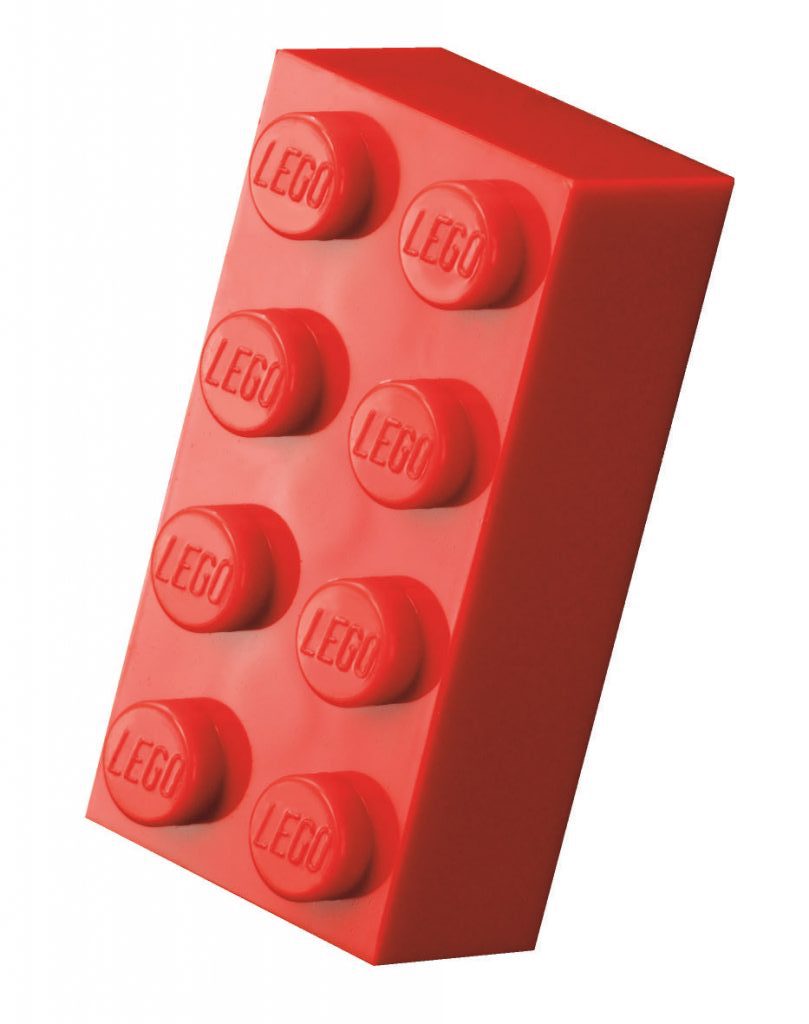
Clearly, the brand strategy of designing and producing toys that enabled children to ‘play well‘ remained consistent even with the revolutionary change in its product strategy, as enabled by technological advancements through the decades of the brand’s life cycle.

By 1963, then CEO Godtfred Kirk Kristiansen announced the “Ten LEGO® Characteristics” including:
- Unlimited play possibilities
- For girls, for boys
- Enthusiasm at all ages
- Play all year round
- Stimulating and harmonious play
- Endless hours of play
- Imagination, creativity, development
- More LEGO, greater play value
- Always topical
- Safety and quality

New product ideas included the LEGO® wheel (introducing movement to the toy system), the LEGO® mini figure, the LEGO® technic, the LEGO® DUPLO® (twice the size of the original brick), the LEGO® Pirates, the LEGO® Mindstorms (in collaboration with MIT where dedicated bricks have imbedded microchips to create robots which can be controlled over the Internet), the LEGO® Legoland, the LEGO® Booster, the LEGO® NINJAGO®, the LEGO® elements (made from sustainable materials) and many more.
Through the decades, the product strategy of the brand single-mindedly built on its patented technology of interlocking tubes. And together with the inspiration of its name itself, which means ‘play well‘, the brand introduced product innovation upon product innovation.
Over the past six decades, the brand has produced more than 320 billion individual bricks!
Toy of the Century
by Fortune Magazine & BATR

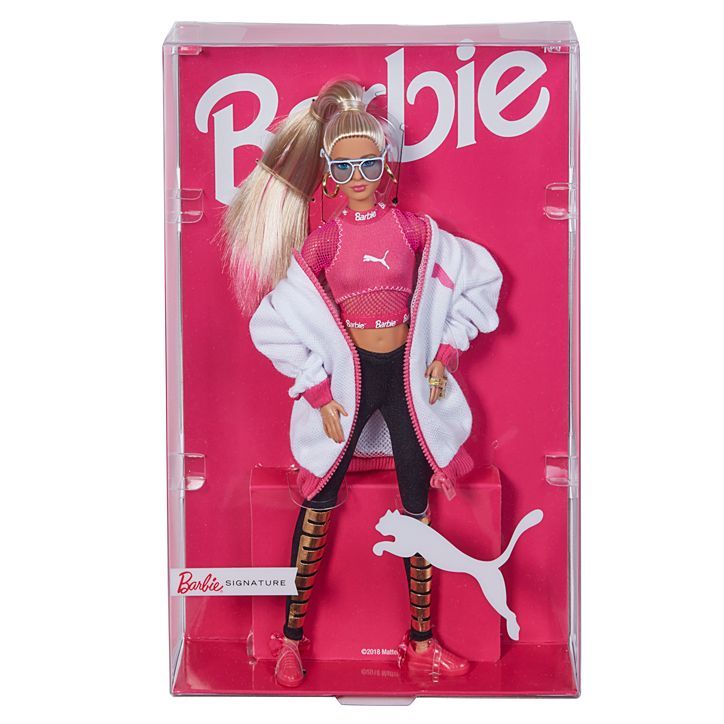

The brand was so prolific with its product strategy that by 1999, LEGO® was named ‘Toy of the Century‘ by both Fortune Magazine and British Association of Toy Retailers (BATR), beating Hasbro’s Action Man and Mattel’s Barbie. It was the second time LEGO® was named ‘Toy of the Century’.
“From plastic interlocking building bricks to bricks with implanted microchips to theme parks, LEGO was seen as having made a major contribution to children’s play over the last 100 years.”
Toy Retailers Association of UK & Ireland
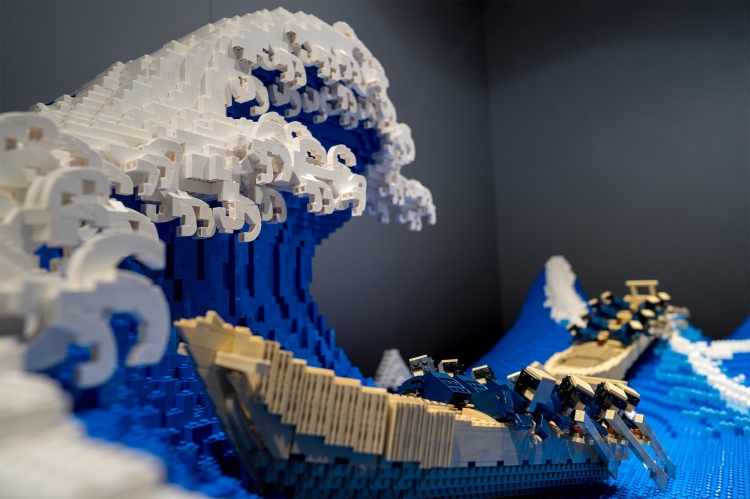
According to website The National Toy Hall of Fame (wherein LEGO® was inducted in 1998): “Educational theorists and developmental psychologists, especially those who follow Jean Piaget (1896-1980), find LEGO® bricks an ideal toy, one that proves how children are not simply passive sponges soaking up impressions. Rather, say the experts, children “construct,” organize, and reconfigure experience into “knowledge structures”—portable theories that explain, provisionally, how the world works.”
Luckily for millions of children worldwide, the brand did not stick with its original product strategy of wooden toys. Otherwise today’s ‘Toy of the Century‘ would have never been born.
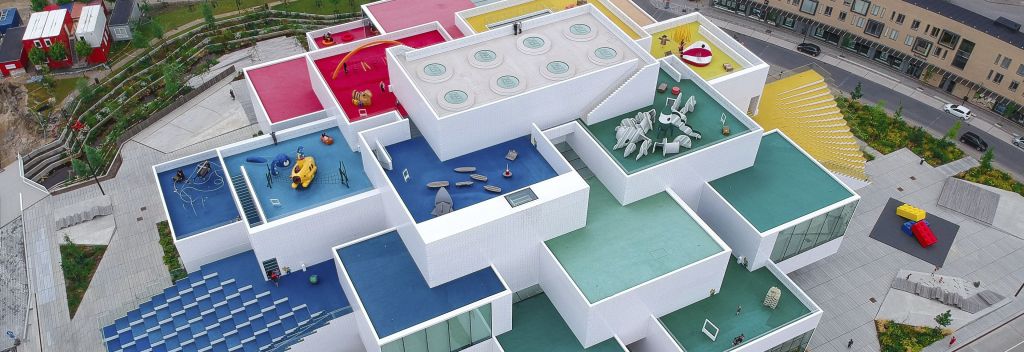
Finally, this brilliant brand also teaches us that product innovation is most compelling and enduring when this remains consistent and true to its brand positioning, the bedrock of any brand architecture.
In 2020, despite the still ongoing global pandemic, the LEGO® Group registered revenues of €5.87 billion, a 13.8% increase from 2019, according to Statista.
Clearly, LEGO® has consistently and successfully built its product strategy brick by brick, over 320 billion times over during the past nine decades.

You can indicate your reason for choosing ‘No‘ here.












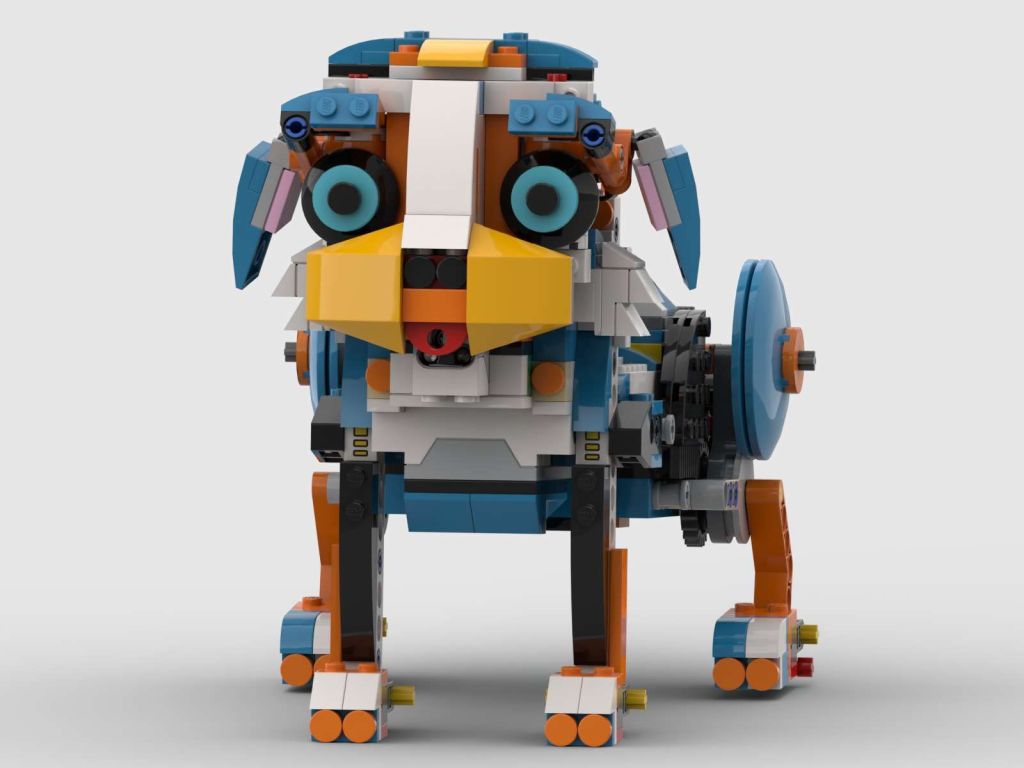


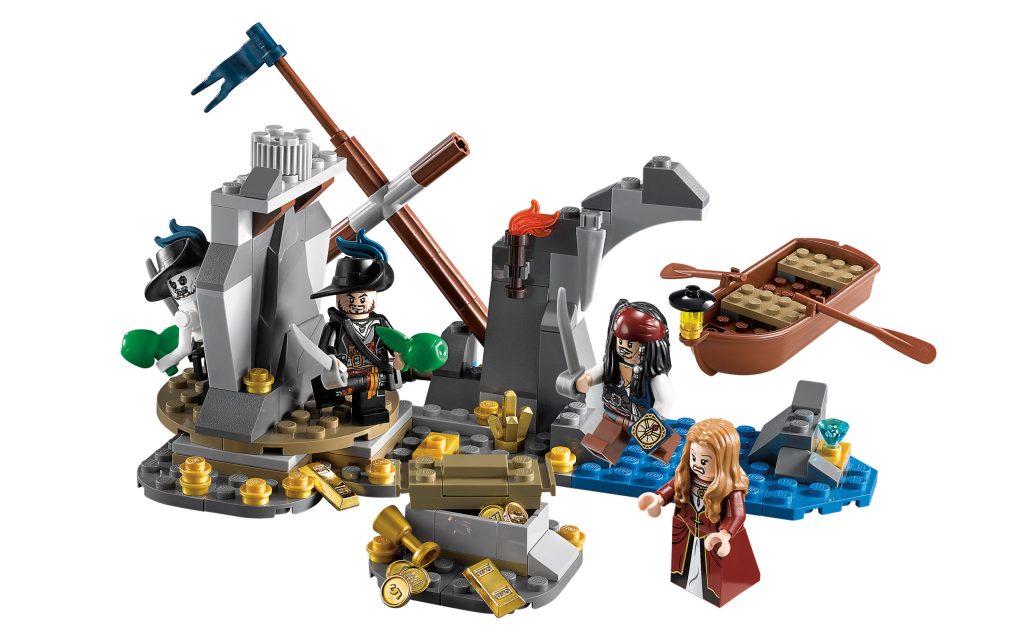
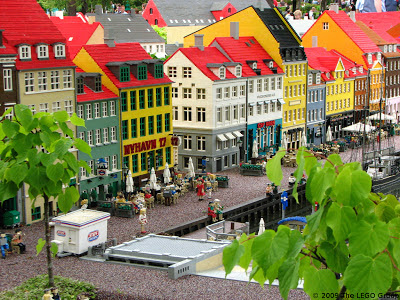




Admiring the persistence you put into your blog and detailed information you offer. It’s nice to come across a blog every once in a while that isn’t the same unwanted rehashed material. Wonderful read! I’ve saved your site and I’m adding your RSS feeds to my Google account.
LikeLike
Thank you very much for visiting and for your kind words!
LikeLike